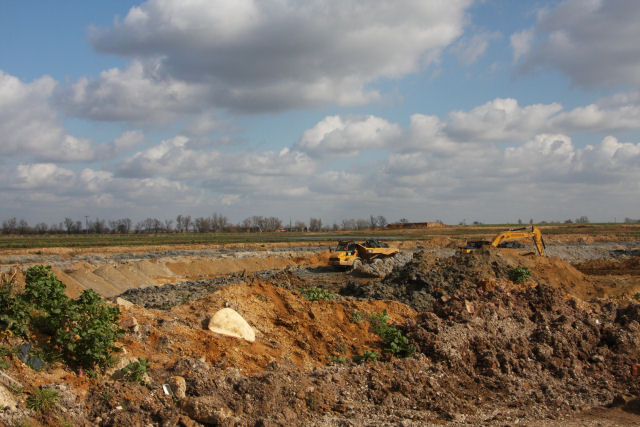Summary
What is inert waste?
Two types of inert waste
Examples of inert waste
Inert waste: how is it recovered?
Process of recycling inert waste
Inert waste is part of non-hazardous waste for the environment. It is the result of construction activities (construction and public works). Inert waste is waste which is neither biologically nor chemically reactive and will not decompose. Examples of this are concrete and sand. Inert waste has particular relevance to landfills as it typically requires lower disposal fees than hazardous waste and biodegradable waste.
In this post, we will go through several ways how to reuse or recycle them.
What is inert waste?
According to the environmental code, an inert waste:
“does not undergo any significant physical, chemical or biological modification”;
“does not decompose.”
“does not burn”;
“does not produce any physical or chemical reactions”;
“is not biodegradable”;
“shall not damage materials with which it comes into contact in a manner likely to cause damage to the environment or human health.”
Inert waste is, therefore, part of non-hazardous waste.

Two types of inert waste
Inert waste represents:
(i) approximately 90% of waste from public works;
(ii) about 70% of those of building works.
Inert waste is mainly mineral materials from construction activity. A distinction is made between:
- materials from the extractive industry (i.e., relating to production);
- materials that are not from the extractive industry (concrete, bricks, glass, earth, stone, asbestos, and more).
Good to know: a 2008 framework directive on waste set the recycling rate for construction waste at 70% by 2020.
Some examples of inert waste:
- bricks, stones, cinder blocks;
- concrete;
- tiles, ceramics, earthenware;
- tiles, slates;
- unpolluted soil, etc.
Inert waste: how is it recovered?
Inert waste can be recycled in several ways:
Recycling
By optimizing material management actions (e.g., crushing concrete, recovered after the demolition of a building and reused as leveling material for the demolition site).
The non-recoverable inert waste is disposed of in specific inert waste storage facilities.
Process of recycling inert waste
The recycling of inert waste is carried out in dedicated channels:
It consists of sorting by size, then reducing size.
Items that are not part of this recycling process (metal, plastic, wood, plaster, etc.) are sorted and separated.
If you are not yet convinced of the importance of recycling, also read 5 Good Reasons to become “zero waste.”


1 thought on “What is Inert Waste”